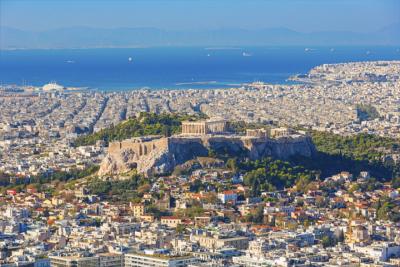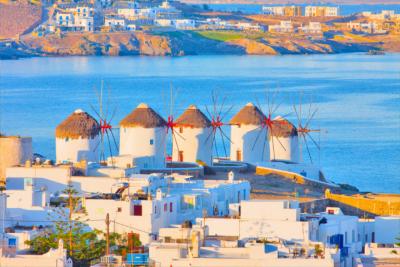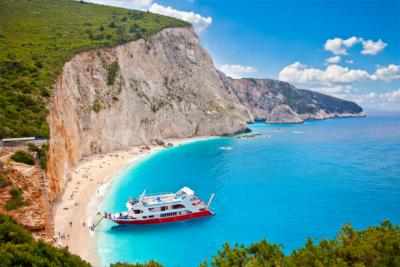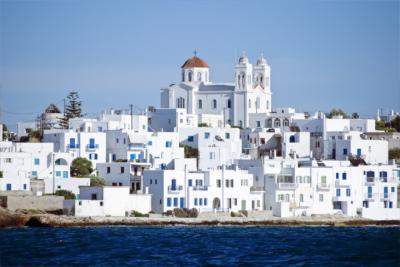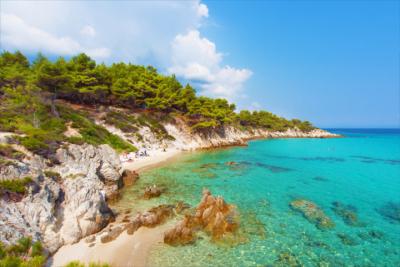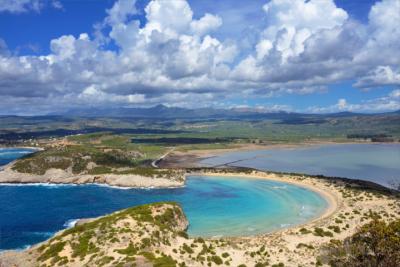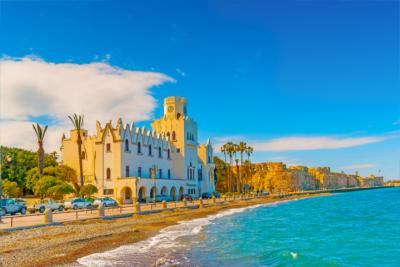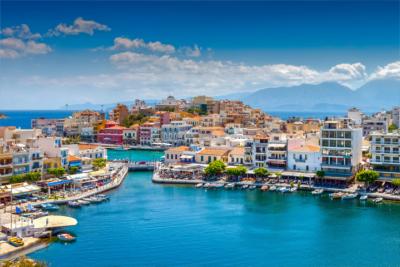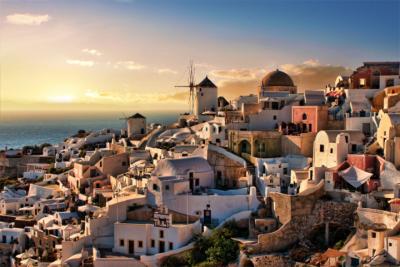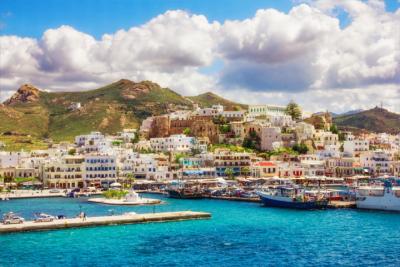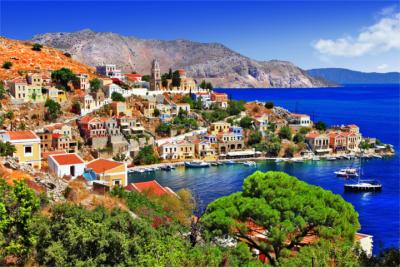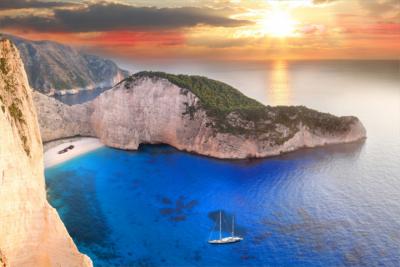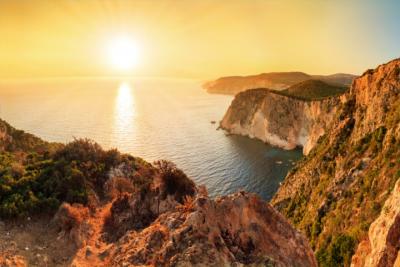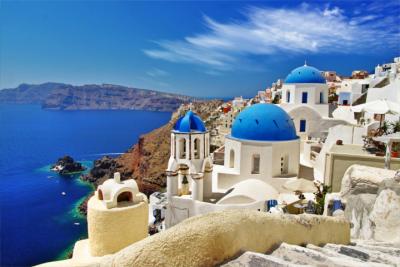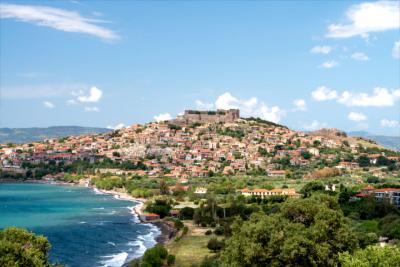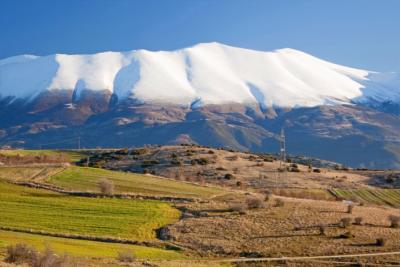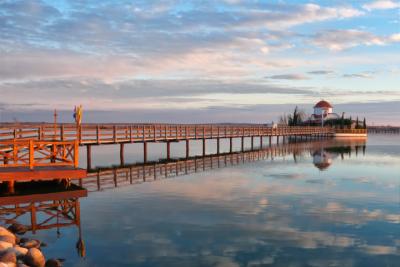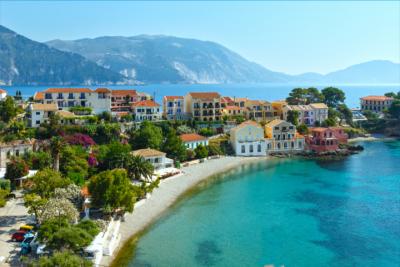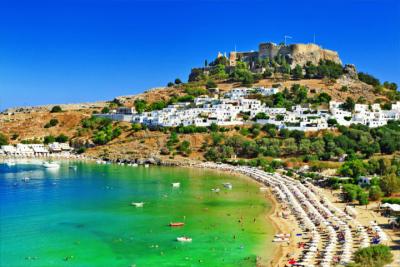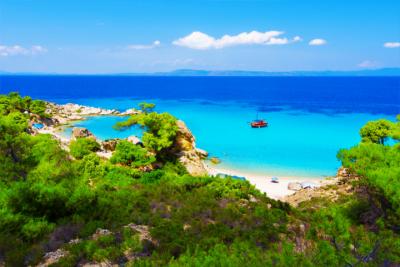Travel Offers
Travelmyne Featureprint
Distance
Dodecanese - A Traditional Natural and Leisure Paradise
The Dodecanese are an island group which leaves nothing to be desired, especially for lovers of nature. While individual travellers can get to know the native Greece on the smaller islands, there is a variety of leisure and cultural activities on Rhodes and Kos.
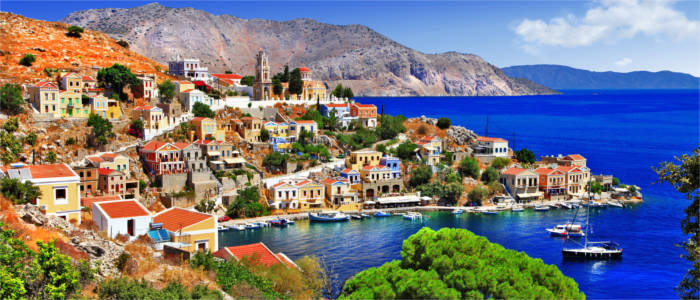
Geography - The twelve islands in the South-East Aegean
The Dodecanese are an island group in the South-East Aegean and lie between the Cyclades and the west coast of Turkey. They have an overall area of 2,714 km² and about 200,000 inhabitants. The name "Dodecanese" roughly means "twelve islands" in Greek. It refers to the region's twelve main islands: Astypalaia, Chalki, Kalymnos, Karpathos, Kasos, Kos, Leros, Nisyros, Patmos, Rhodes, Symi and Tilos. Altogether the Dodecanese comprise about 160 islands, 25 of which are populated. The island group's capital is Rhodos city. While the winters on the Dodecanese are relatively mild, the summers are pleasantly cool. There are about 300 sunny days per year.
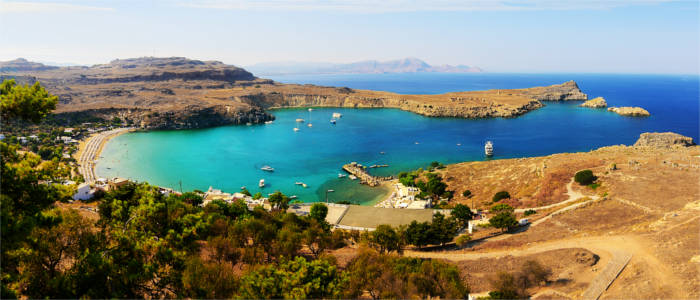
Nature - A natural paradise sprung from a dream
The flora and fauna on the Dodecanese is very diverse. Due to their favourable geographical position, the islands are a popular stopping point for migrating birds. You can watch millions of them pausing on the islands in autumn. The many caves and clefts in the rocks serve as hiding places for rare species of birds of prey such as small falcons, wild pigeons, great cormorants and herons. In addition, you see rare animals and plants on the uninhabited islands, especially reptiles and invertebrates. The sea around the Dodecanese is rich in species too. Sperm whales, which are critically endangered, live in the deep waters east of Rhodes and Karpathos, while the rare Mediterranean monk seals seek shelter in the caves at the coast. Other marine animals which you can watch in this region are dolphins, turtles, many species of fish as well as molluscs and crustaceans. The Dodecanese flora is as diverse as its fauna. Every island is unique and extraordinary. There are forests of pines, cypresses, olive trees, cedars, pistachios, arbutus and hollies. In addition, plants such as oregano, thyme and lavender fill the air with various fragrances.

Culture - From sponge divers to cultural sites
The Dodecanese islands do not only differ with regard to their flora and fauna but also with respect to their culture. On Rhodes, majestic fortresses, Byzantine churches and narrow medieval alleys bear witness to the island's history. Cultural attractions are Rhodes' old town with the new and old harbour of Rhodes city, the Acropolis of Lindos, the Valley of the Butterflies and the ruins of the ancient city of Kameiros. Kos - the home of the father of Medicine, Hippocrates - is characterised by whitewashed houses, which have fragrant flower boxes in their windows. Worthwhile sights on this island are the Fortress of the Knights of Saint John, the Tree of Hippocrates, the thermal bath in Embros and numerous excavation sites. Kalymnos is known as the Sponge Divers' Island but it also has beautiful houses with colourful doors and shutters. Karpathos fascinates with its scenic small villages, wonderful beaches and hidden bays, in which you can relax and enjoy the characteristic island character far away from mass tourism. Another small but popular island is Symi, which has a listed harbour.

Experience - Enjoying the nativeness of Greece's islands
The Dodecanese islands are incredibly diverse regarding both landscape and culture. While Kos and Rhodes are fully developed for tourists, travellers still experience the nativeness of the Greek islands on Karpathos. Karpathos does not offer ancient sites but it is characterised by ancient traditions and customs, which are maintained by the older and younger generations. It is exactly this nativeness which makes the substantial Dodecanese cuisine, which is typical of all Aegean islands, so special. Well-known dishes are the popular Greek salad and lamb skewers. The northern islands of the Dodecanese such as Patmos and Leros offer wonderful nature, whereas the islands of Nisyros and Tilos impress with their magical sandy beaches. Kos has some of the most beautiful sandy beaches in the Dodecanese, while Rhodes attracts many history enthusiasts.

Activities - Leisure activities for travellers of all ages
The Dodecanese islands offer a wide range of water sports and leisure activities. Karpathos is a popular destination for hikers because of its natural beauty, while Kos and Lefkos attracts many families with their fine sandy beaches. The crystal clear water of the Aegean Sea invites visitors to go diving and snorkelling and is also suited for going sailing and surfing. The surfing area in Afiartis on Karpathos has the reputation of being "Europe's most wind-protected spot". Another popular activity is rock climbing on Kalymnos. In general, most Dodecanese islands offer excellent conditions for going cycling, canoeing, kayaking and whale watching.

Information
The Dodecanese can be reached in different ways. You can either take a plane to Rhodes, Kos and Karpathos or arrive on Piraeus or Crete by ship. The best time for a trip to the islands is between May and October.
The Dodecanese islands are the ideal destination for family holidays, lovers of nature and travellers who enjoy being active. Rock climbing and wind surfing are great activities for visitors who are in need of a rush of adrenaline.

